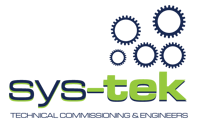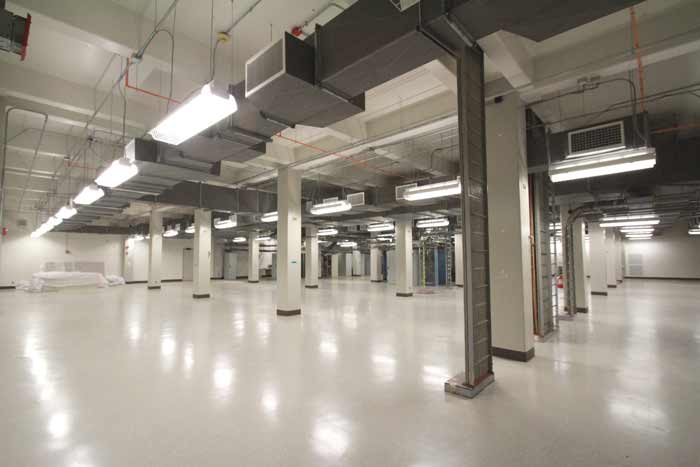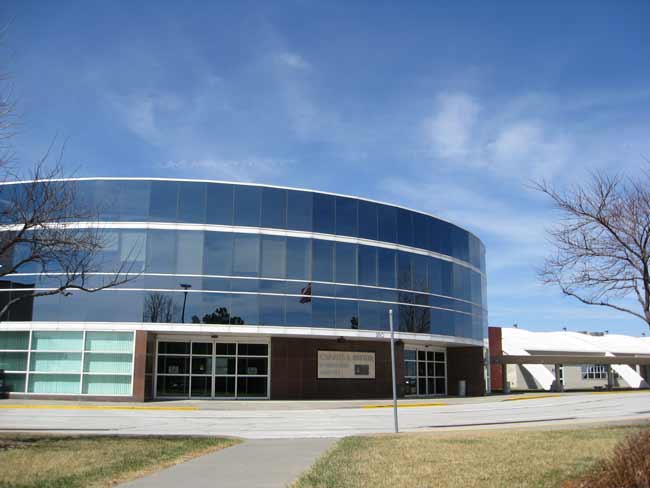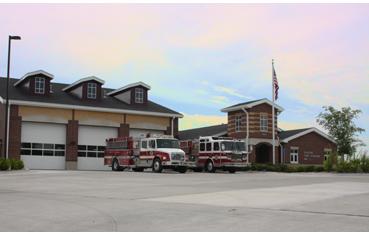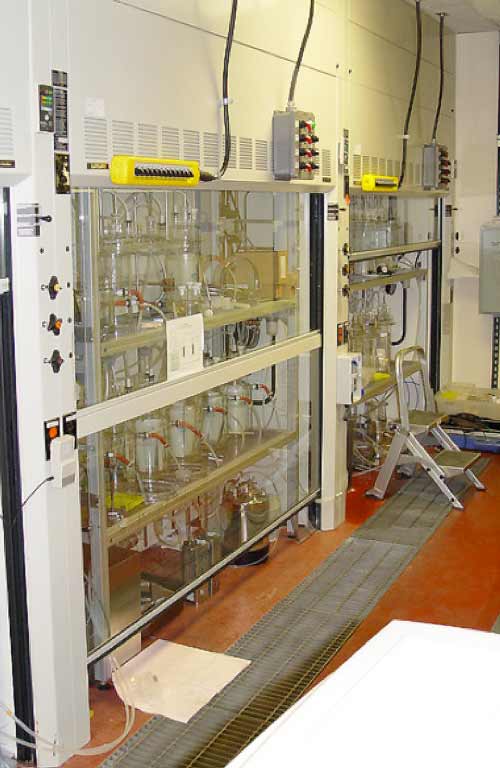Sanofi Aventis Utility Separation Project Sheet
Jun 21, 2024
Life Sciences
Engineering & Commissioning
Sanofi – Avnetis
| Engineering Design, Cx & Construction | |
|---|---|
| Location: | Kansas City, Missouri |
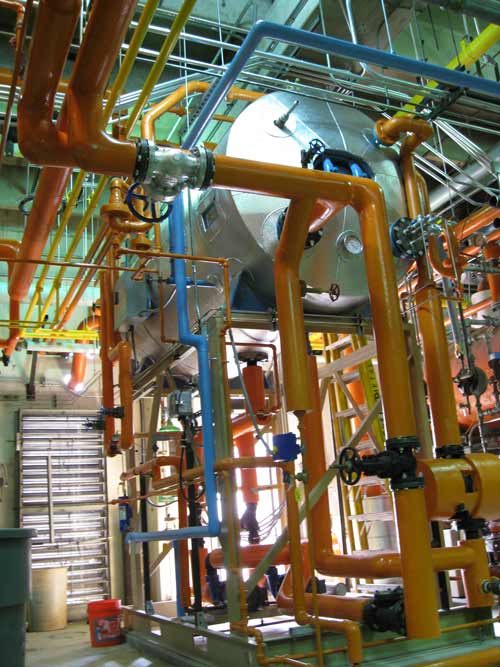
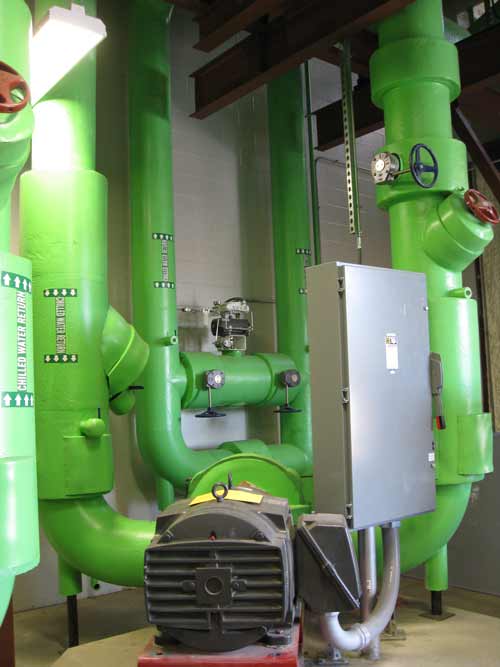
Scope of Work
Scope for this project included design and installation of four (4) 300 BHP high-pressure steam boilers, two (2) 1,800-TON centrifugal chillers and relocation of (1) one 2,000-TON to a new central plant. Chiller plant design included six (6) 1,000-ton cooling tower cells with a 100,000-gallon concrete sump. The tower plant and sump were uniquely designed to accommodate the installation on a 40-degree hill slope.
Background/ Objectives
The sanofi-aventis campus in Kansas City, MO consisted of thirteen buildings supplied with natural gas, domestic water, and electricity from common utility connections. The business plan of the Owner included partitioning the campus for the sale of individual buildings to separate buyers. The objective of the project was to provide utility separations so that these parcels could be individually metered and billed as three separate, distinct entities.
Three factors were paramount for the duration of the project. First, cost containment was critical. The separation of the common campus utilities and the construction of a new central plant did not add value to the sale of the property, but were viewed as the minimum requirement for the sale of the property. To maximize the return on investment for the sale of the property, these projects had to be value engineered from the onset.
Second, the design and construction of these projects had to be completed within an aggressive 15-month schedule from concept to closeout to meet contractual requirements of sale and lease agreements in place at the time of the start of design. Failure to successfully complete the work within the 15-month timeframe would compromise the Owner’s business plan, having failed to meet contractual requirements for the separation and liquidation of the property.
Third and finally, the project required extensive phasing to maintain the ongoing pharmaceutical manufacturing operations taking place throughout the fully occupied campus. New utilities were constructed, tested and commissioned, and individual buildings and loads were transferred to the new utilities before existing utilities.
Engineering Solutions
nitially, we completed an engineering study to establish separation options, budgets for separation of utility systems to allow for the campus to be sub-divided into three separate owners. The engineering study included an extensive constructability evaluation to determine means and methods for the separation of utilities to allow the entire campus to remain in continuous operation during the separation. Utilities included campus steam, chilled water 13.2 KV power, natural gas, fire protection, nitrogen, water waste, irrigation and compressed air.
Project budgeting and verification of cost were key elements to the project implementation. Budgets established during the concept phase included obtaining actual quotes from suppliers for materials and estimates from contractors for labor. By doing this, the project budgets established were accurate within 10% of actual cost for construction.
